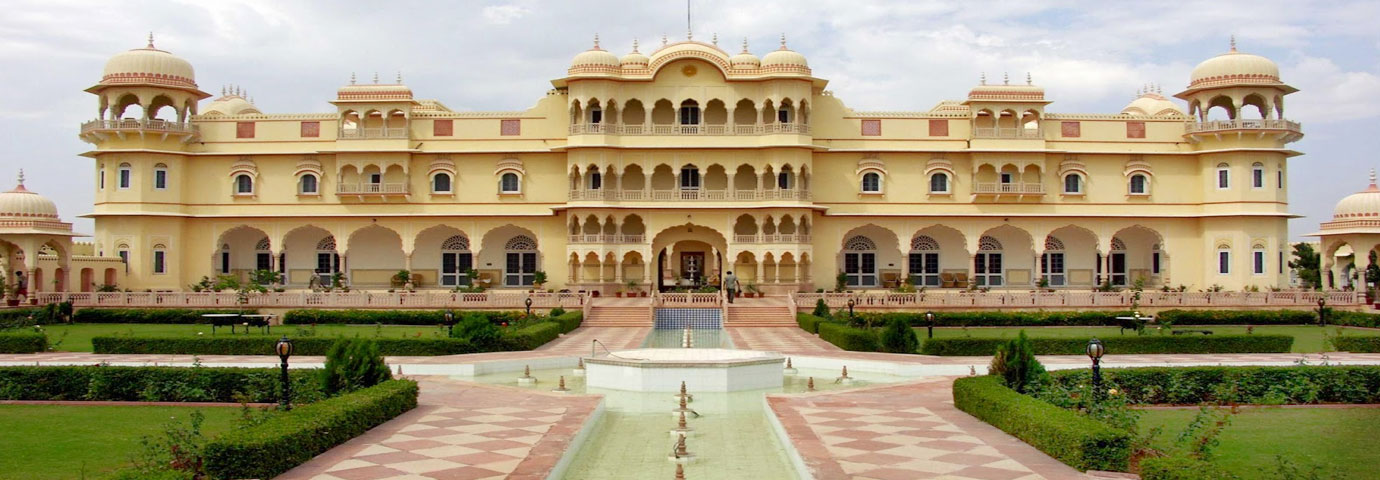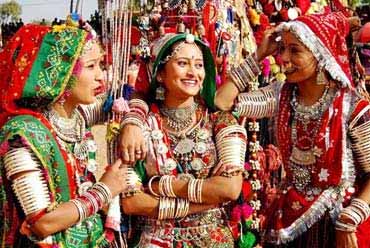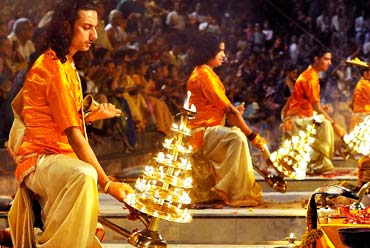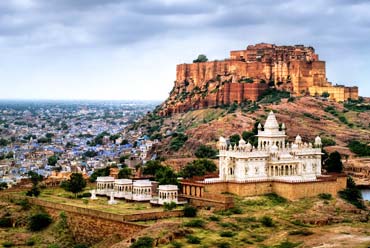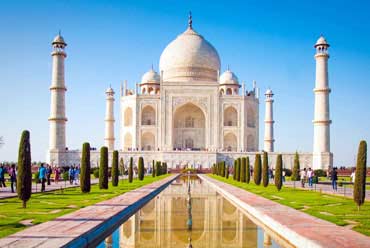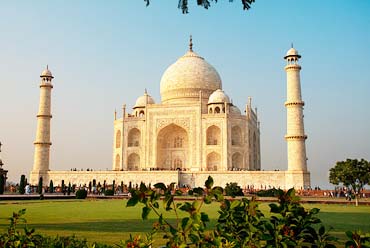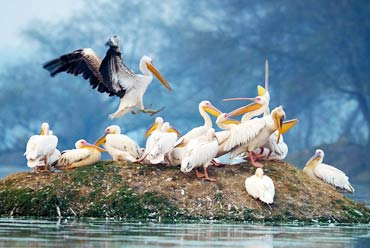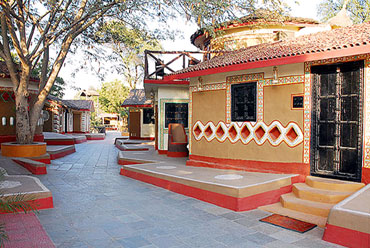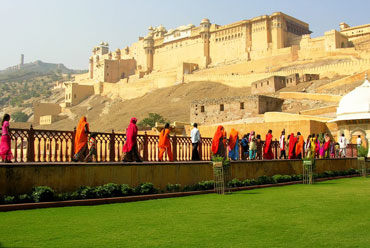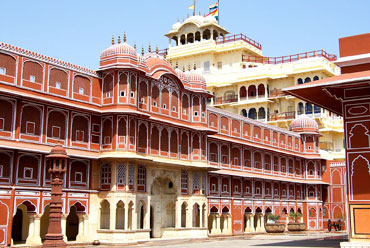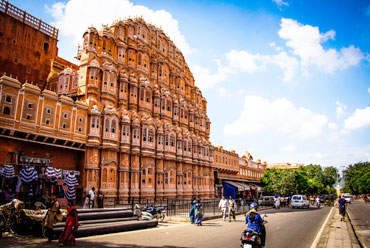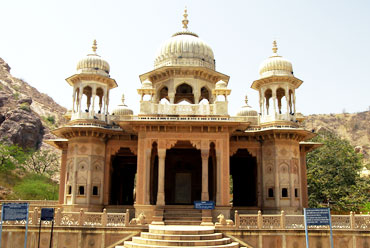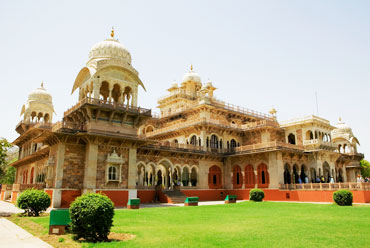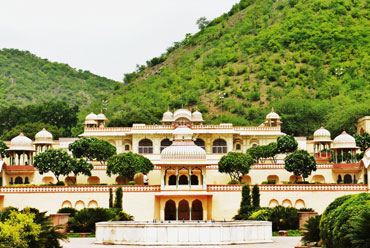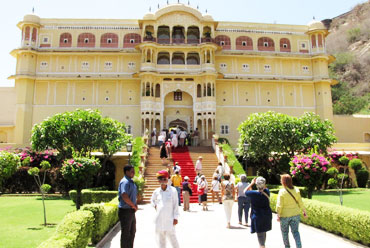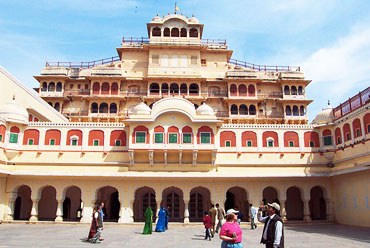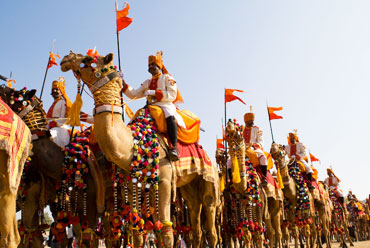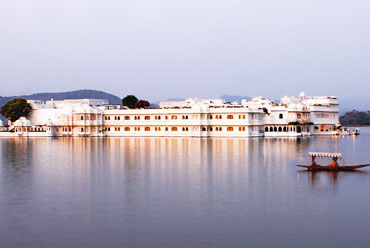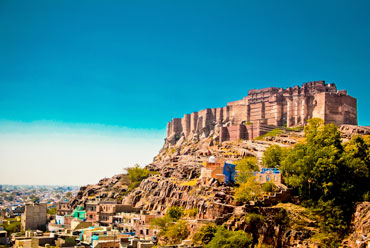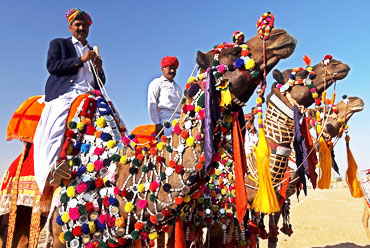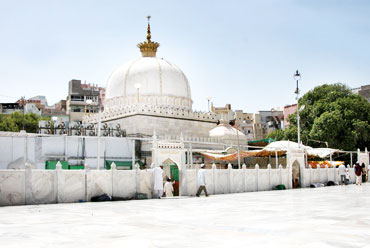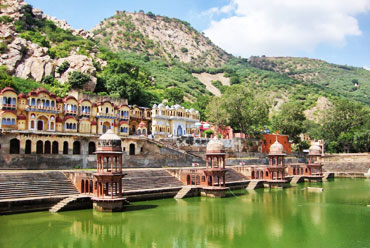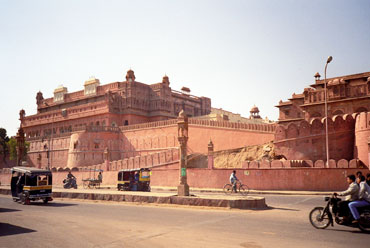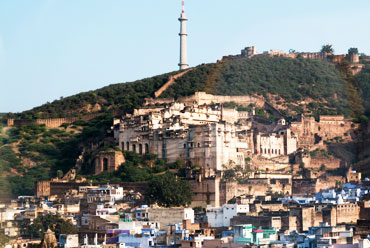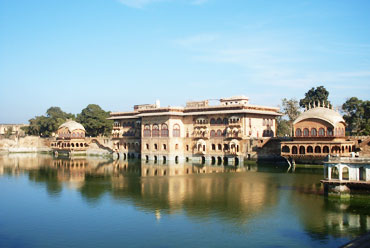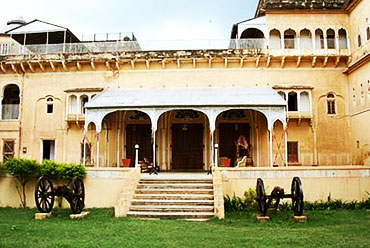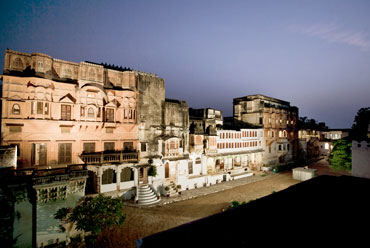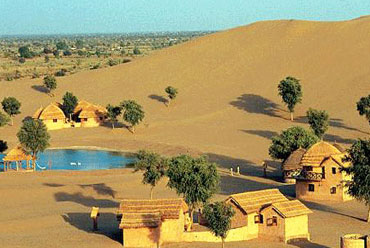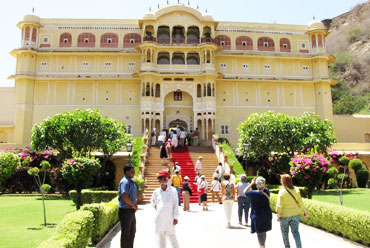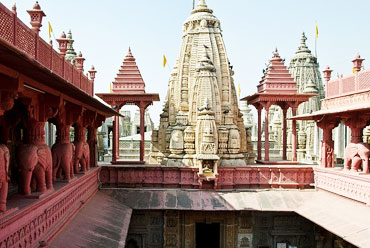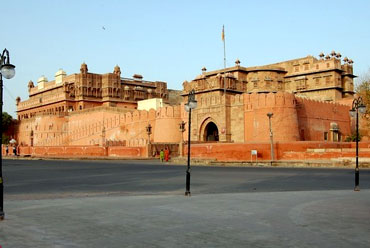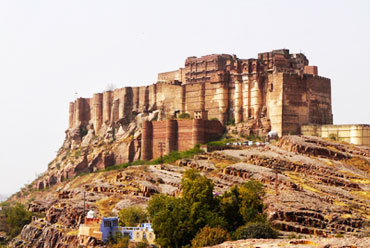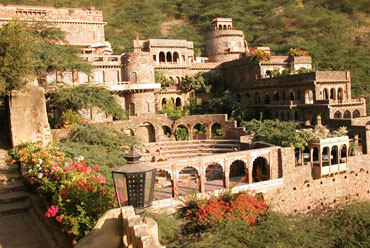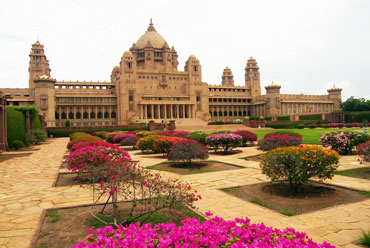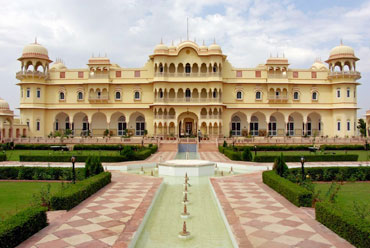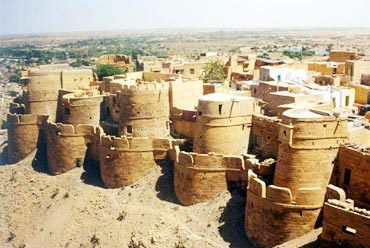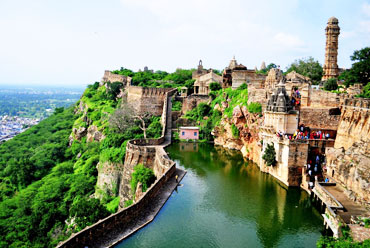Fast Facts
|
Opening Time |
All days of the week -10:00 AM - 05:30 PM |
|
Entry Fees |
-
INR 20 per person (Indians)
-
INR 50 per person (foreign tourists)
-
INR 5 per person (Indian students)
-
INR 25 per person (Foreign students)
|
|
Location |
6 km northwards city centre, right below the Jaigarh Fort |
|
Best Time to Visit |
Between the months of October and March |
The royal Rajasthan is a combination of a number of princely states that were mostly under the reign of Rajput rulers. During their reign, all the rulers erected innumerable forts and palaces. One such splendid architectural gem is Nahargarh fort in Jaipur. A stronghold of the city, this fort was originally named Sudarshangarh Fort. Later on, its name was changed to Nahargarh Fort, meaning the ‘abode of tigers’. Lying pn the hilltop of the Aravalli, the fort is quite popular for offering mesmerizing views of the surrounding. One of the most popular tourist attractions of Jaipur, Nahargarh fort has a wall that connects it to the nearby placed Jaigarh Fort.
The fort remained invincible but has been a witness to a number of important battles such as the event of treaty between the Marathas and the rulers of Jaipur in the 18th century. The fort has also been a refuge for a number of Europeans at the time of the Sepoy Mutiny of 1857 including the wife of British Resident.
History and Legend
Nahargarh Fort was commissioned in the year 1734 by Maharaja Sawai Jai Singh II, the founder of Jaipur. Placed on the lofty Aravalli Hills, the fort was a retreat palace for the ruler. Nahargarh and Jaigarh fort are connected to each other through their extended ramparts.
There is also a legend connected to the fort. It is believed that the fort was cursed by the spirit of Nahar Signh Bhomia, a Rathore prince. Maharaja Sawai Jai Singh found this property which once belonged to the said prince and the Maharajs thought about raising a fort here. But, the spirit of the prince was not happy with the idea. Nevertheless, the construction started. The part of construction that was done in the morning was found completely destroyed the next day. When Maharaja Sawai Singh came to know of this, he built a small fort inside the premises of the fort and dedicated it to the prince. Later on, a small temple was also built here. The prince’s spirit was now happy.
In the year 1868, King Sawai Ram Singh renovated the fort. After this, Maharaja Sawai Madho Singh, in the year 1880, thought of an idea to turn this fort into a luxury retreat. He commissioned Raj Imarat to make the fortress within the fort that would be used as for recreation purpose. This amusement place was named Madhavendra Bhawan. This enchanting structure with wall paintings, fine interiors and stucco patterns was architected by Vidyadhar Bhattacharya, the architect of Jaipur.
Architecture
The fort was originally built by Maharaja Sawai Jai Singh II in 1734 but was turned into ruins by 1868. The fort was a mix of Indo-European architecture styles. During the decade of 1880s, Maharaja Sawai Madho Singh turned this fort into a monsoon resort. He asked Raj Imarat, the main behind several royal constructions, to make an amusement palace within the fort that was later known as Madhavendra Bhawan. Raj Imarat was assisted by Thakur Fateh Singh, an engineer.
The design architect of Jaipur, Vidyadhar Bhattacharya, designed this beautiful palace and festooned its interiors it with stucco designs and frescos, primarily seen in a King’s harem. As Nahargarh fort was mainly used as retreat for the royal ladies, the Women’s Quarters or the Zenana deorhi are extremely impressive. The Zenana part, called Madhavendra Bhawan, was spread in the major portion of the 4th courtyard.Maharaja Sawai Jai Singhji built this part especially for his royal ladies. These quarters consists of fine taste of luxury and wonderful Rajputana art. The fort also had Mardana Mahal that was the quarters of the royal men.
Nahargarh fort is a dominatant part of the skyline, forming a beautiful sight at night when floodlights are switched on. Although not much of the fort remains now but the additions done in the 19th century (including rooms) and the walls of the forts still look great. Huge cannons were put around Hazuri Bagh to safeguard the fort from an attack and shots were fired from them to give a signal to the city. The top of the fort offers beautiful views of the Man Sagar Lake. The Maharaja invited dignitaries and royal guests for duck shoots and thus the fort was also known as the residence of Maharajas.
Madhavendra Bhavan- the prime highlight
Madhavendra Bhavan is the most attractive part of Nahargarh fort, the summer resort of the royal family. The Zenana quarters consist of 12 absolutely identical suites, which were the residence of the royal ladies. All the nine wives of the Maharaha were given 2-floored apartments that were placed on 3 sides of a rectangular-shaped courtyard. The 4th side of the courtyard had the personal wing of the Maharaja. The palace was a blend of Indian and European architectures such as western toilers and rectangle windows. All the rooms were interconnected through corridors that had striking frescoes and also comprise of kitchen hearths and toilet. Each apartment has been placed in such a manner that if the King would visit one queen, the other would not know about it. Every apartment had the name of the queen written on the door.
Although the structure of the fort is not very massive but it still is an extremely stunning architecture that makes it a must-visit attraction. The serene ambiance and city’s amazing views allure tourists from all around.

